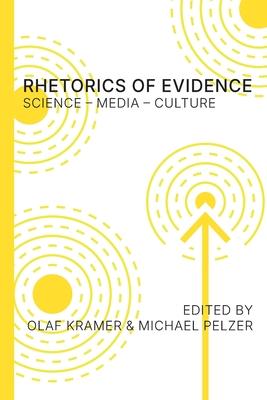Visual Rhetoric
Series Editor: David Blakesley
Rhetorics of Evidence: Science - Media - Culture explores how insights of rhetorical theory and interdisciplinary perspectives combine to create a deeper understanding of visual rhetoric's possibilities and challenges. With contemporary communication increasingly reliant on visual illustration and narrativity, the traditional rhetorical category of evidentia has gained significant relevance in today's science, media, and culture. Vivid and easily intelligible communication is necessary to convey the meaning of new scientific findings to a broader public, ensure effective cooperation between experts in different fields, and establish a fruitful dialogue between science and society.
Featuring sixteen essays written by international specialists, Rhetorics of Evidence represents a wide range of disciplinary fields with the common goal of grasping the influence of evidence in science and society. Authors combine approaches from classical rhetorics, science communication, literature and media studies, design, and rhetoric of science. Each essay highlights a rhetorical perspective focused on communicative strategies and persuasion. The result is a multifaceted portrait of evidential instruments and techniques that explores diverse applications, ranging from paleontology, meteorology, neurological science, and neurological computation to literature, film, photography, and civic rhetoric.
Contributors include Kirsten Brukamp, C. Giovanni Galizia, Jeffery Gentry, Robert Hariman, Klaus Hentschel, Colleen E. Kelley, Joachim Knape, Hubert Knoblauch, Olaf Kramer, Eric Lettkemann, Philipp Lffler, John Lucaites, Michael Pelzer, William M. Purcell, John W. Ray, Jenny Rock, David M. Schultz, Julia Siebert, Thomas Susanka, Anne Ulrich, and Ren Wilke.
Printed in color on 6 x 9" 70# white paper with 63 illustrations, notes, bibliographies, and index.
